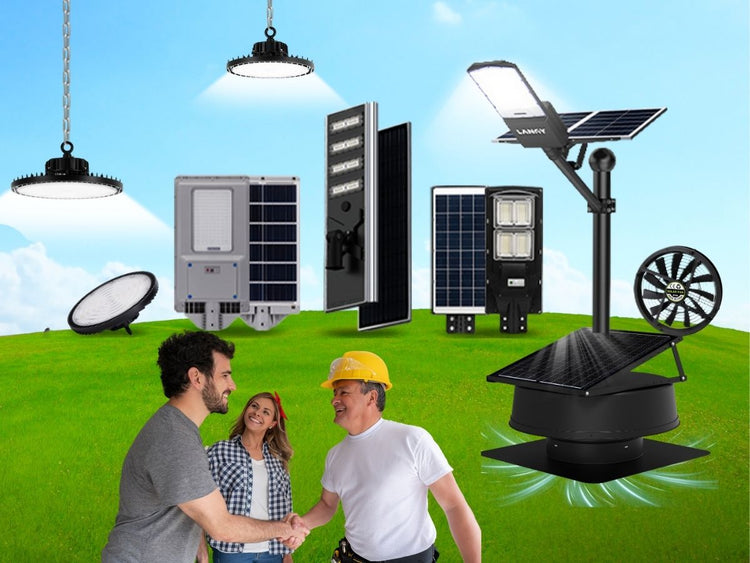Top 5 Places to Use a Solar Bug Zapper for Maximum Effectiveness
Top 5 Places to Use a Solar Bug Zapper for Maximum Effectiveness
Introduction
A solar bug zapper is one of the easiest and most eco-friendly ways to keep mosquitoes, flies, and other pesky insects away from your outdoor spaces. But to get the best results, placement matters just as much as the device itself. Putting your zapper in the right spot ensures maximum effectiveness, longer runtime, and better coverage.
In this guide, we’ll explore the top 5 places to use a solar bug zapper for the highest impact.
1. Backyard and Garden Areas
Your backyard is often the first place insects invade, especially during warm summer evenings.
Why it works:
-
Gardens attract mosquitoes due to water, plants, and shade.
-
Backyards are where families spend the most time outdoors.
Best practice:
-
Place the zapper at least 10–15 feet away from seating areas so it attracts bugs without drawing them closer to people.
-
Position it near bushes, flowerbeds, or compost piles where bugs are most active.
💡 Tip: Use more than one zapper if your backyard is large to cover all corners.
2. Patios, Decks, and Outdoor Dining Spaces
There’s nothing worse than mosquitoes ruining a BBQ or outdoor dinner.
Why it works:
-
Food, drinks, and light attract insects.
-
These spaces are usually close to entryways, where bugs sneak into your home.
Best practice:
-
Set the zapper on a table, railing, or mounted nearby at eye-level height.
-
For larger patios, consider dual-purpose models that double as decorative lanterns.
💡 Tip: Keep it slightly off to the side so the UV light doesn’t distract guests while dining.
3. Camping and Outdoor Adventures
Portable solar bug zappers are perfect companions for camping, hiking, and fishing trips.
Why it works:
-
Campsites near lakes, rivers, and woods have high mosquito populations.
-
A portable zapper can charge during the day and protect you at night.
Best practice:
-
Hang it inside or just outside your tent for protection.
-
Choose lightweight, USB-rechargeable models for easy transport.
💡 Tip: Pick a zapper with a lantern function so it doubles as your tent light.
4. Farmhouses and Rural Properties
If you live in the countryside, you know bugs can be relentless—especially around livestock and crops.
Why it works:
-
Rural areas have more standing water, vegetation, and open spaces where insects breed.
-
Solar bug zappers reduce dependence on chemical sprays near animals.
Best practice:
-
Install multiple units around barns, porches, and outdoor work areas.
-
Choose heavy-duty, weatherproof models with wide coverage.
💡 Tip: For maximum coverage, mount zappers on poles or fences rather than just placing them on the ground.
5. Entryways and Pathways
Bugs often gather near doorways and windows, waiting for a chance to fly inside.
Why it works:
-
Entryways have artificial light that attracts insects.
-
Pathway zappers can guide guests while keeping the area bug-free.
Best practice:
-
Place zappers about 6–10 feet away from your main entry door.
-
Choose decorative solar zapper-lamps that blend in with your landscaping.
💡 Tip: A solar zapper along the walkway adds style + function, protecting guests while lighting the path.
Conclusion
A solar bug zapper is only as effective as where you place it. For maximum results, focus on backyards, patios, campsites, rural properties, and entryways. By strategically positioning your zapper in these high-traffic insect areas, you’ll enjoy longer-lasting protection, fewer bites, and more comfortable outdoor living.
Whether you’re relaxing in your garden, camping under the stars, or welcoming guests at home, the right placement ensures your solar bug zapper works at its full potential.

